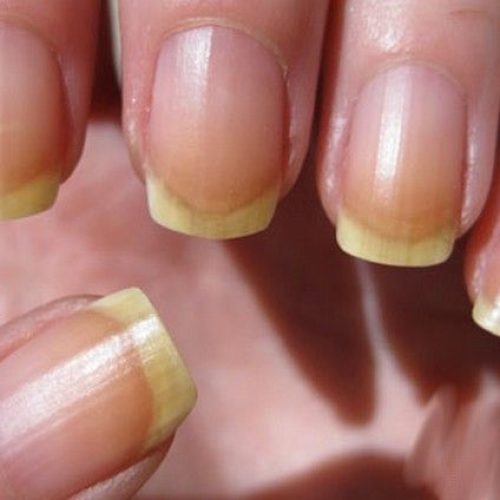Awarded “Most Inspiring Dermatologists” by Economic Times and Times Of India group (TOI)





Nail discolouration can indicate various underlying health conditions or external factors affecting nail health. A healthy nail is typically pink with a white tip, but discoloration may present in shades of yellow, brown, green, or even blue, depending on the cause.
Common Causes:

FAQ: Nail Discolouration
Nail discolouration can result from fungal infections, trauma, nutritional deficiencies, certain medications, or underlying health conditions like diabetes or psoriasis.
Fungal infections often cause nails to turn yellow, thick, brittle, or develop a foul odor. If you notice these symptoms, consult a dermatologist for proper diagnosis and treatment.
Yes, frequent use of dark nail polish without a base coat can stain nails, making them appear yellow or discolored.
Treatment depends on the cause. Options include antifungal medications, laser therapy, vitamin supplements, or addressing underlying health issues.
If your nails are persistently discolored, thickened, or painful, seek medical advice for accurate diagnosis and treatment.